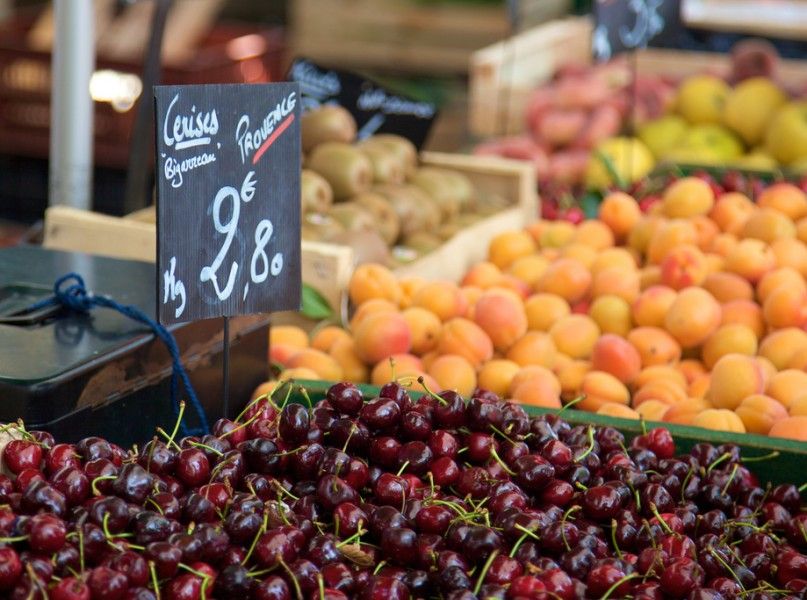Hiked food prices may not only affect your wallets—they can also affect your blood.
According to a new statistical analysis by the United States Department of Agriculture (USDA), blood sugar levels—specifically in diabetes 2 patients—as healthy-food prices increase. Simultaneously, cholesterol levels drop as the price of regular milk increases.
“Most likely,” the study’s main author economist Ilya Rahkovsky said, “it’s because people eat less produce and switch to products that are less healthy.”
The study analyzed two previous studies—one from the National Health and Nutrition Examination Survey (NHANES) and one from the Harvard School of Public Health. The statistical results follow the basic principles of a classic supply-and-demand model, but Rahkovsky, wants readers to understand more than just the numbers’ correlations.
“Understanding the relationship between food prices and dietary health is policy-relevant,” he wrote. “Taken together, that study and the present study underscore the importance of the affordability of healthy diets for mitigating the risk of chronic diseases among US adults, a topic of continuing interest in the research and policymaking communities.”
Adam Drewnowski, director of the nutritional sciences program at the University of Washington, suggests that this kind of study reveals that in order to increase population health, education about making better food choices isn’t the only answer.
“Healthy foods are more expensive, and being forced to purchase unhealthy foods, maybe for economic reasons, does have health consequences,” Drewnowski said to Healthday’s reporter, Brenda Goodman.
For now, there are online tools to help those with type 2 diabetes develop affordable healthy-food meals, and there are budget friendly reciepes abound. But Drewnowski doesn’t think that’s the end.
“Instead of merely advising people to consume expensive foods for better health,” he said, “we ought to pay more attention to prices.”
FEATURED PHOTO: Maxime Guilbot/Flickr




